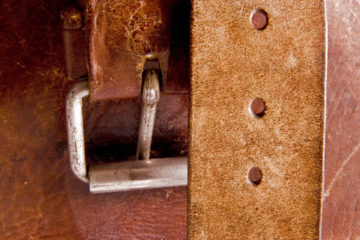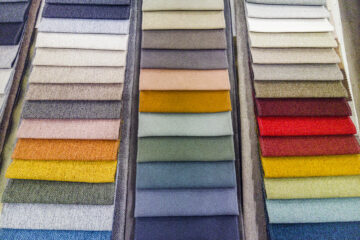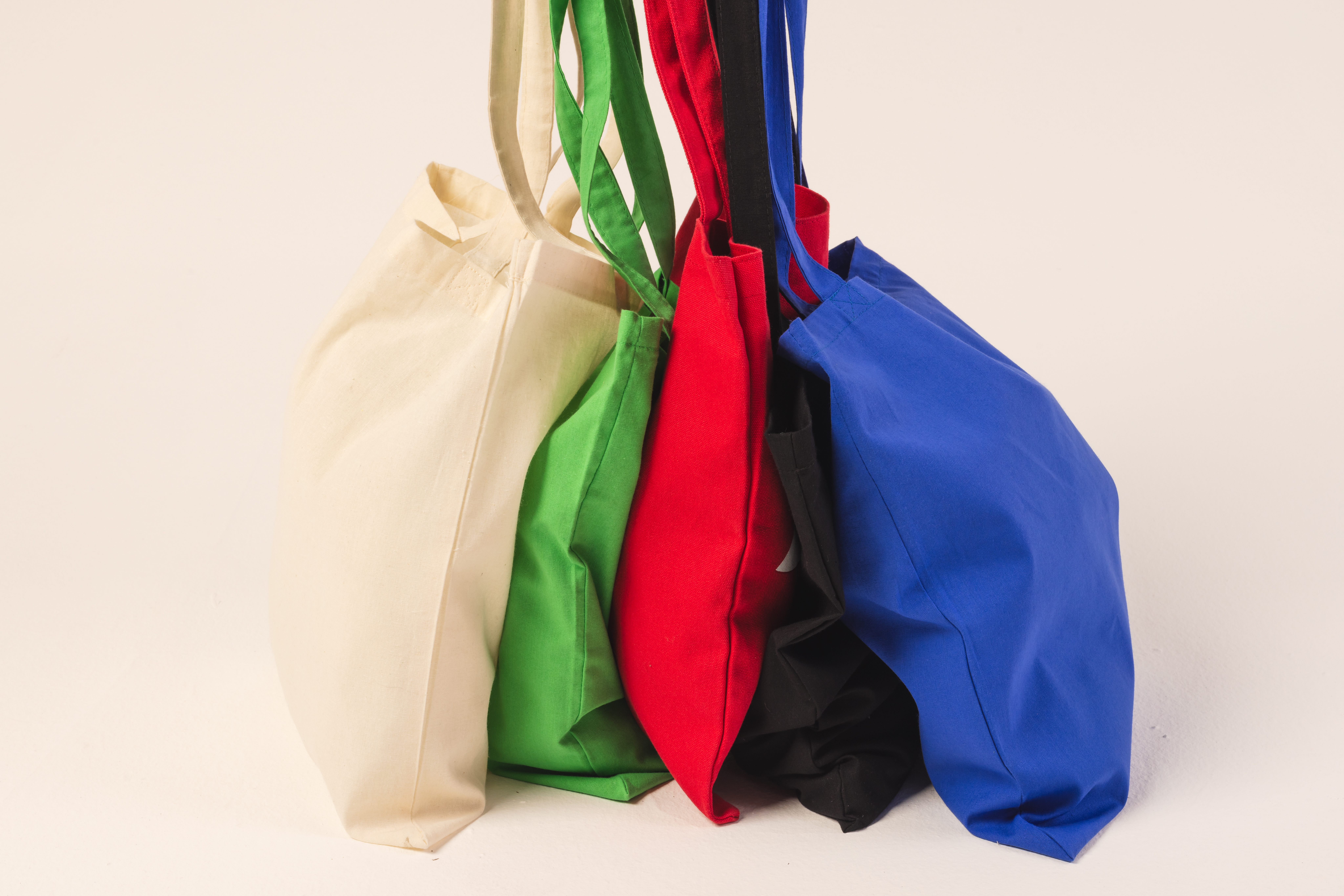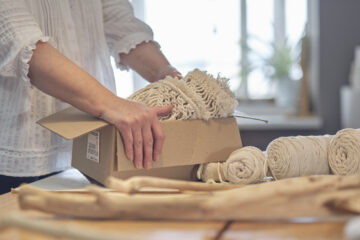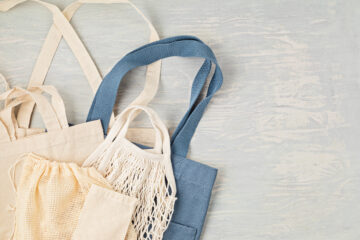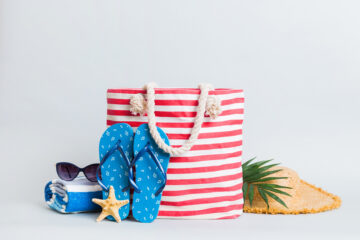From Concept to Market: The Journey of Developing Pet Products
Pet products are a booming industry, bringing in over $150 billion annually. In particular, soft pet products, like leashes, toys, and beds, are growing in popularity. These products are dedicated to providing our furry, feathered, and scaly friends with the best comfort and entertainment. Behind every soft pet product lies a long development process. If you are interested in knowing more about the world of pet product development, keep reading!
Market Research and Conceptualization
The first stage of pet product development is conceptualization. This is the stage in which market research, brainstorming, and product research occur. Before deciding on a product to design and produce, entrepreneurs and product developers must critically assess the current market landscape, including popular products, emerging trends, changing consumer preferences, and market gaps. This allows product developers to determine what product is needed and desired in the pet industry. Additionally, market research can help product developers identify the target audience and create buyer personas.
Once market gaps and opportunities are identified, brainstorming takes place. These sessions should be collaborative between animal experts, like veterinarians, product developers, and manufacturers. Brainstorming should generate various product ideas, from simple leashes to more complex toys.
After the brainstorming session, further research is required to determine the feasibility and viability of each idea. Factors like materials, manufacturing costs, market demand, sustainability, and pet safety should all be considered. This process may also include seeking feedback from pet owners through focus groups.
The ideation and conceptualization phase of pet product development is foundational to creating valuable and desirable products. This phase sets the stage for the journey ahead, including design, manufacturing, and finally bringing the product to market.
Pet Product Development
Design and development are the heart of the pet product development journey. This phase involves turning ideas into tangible, functional, branded products that meet the needs of consumers. The first step is to create a prototype of the product. This can be a physical model or digital rendering, which allows developers to test the concept. This stage is designed to identify flaws and improve the functionality of the pet product before heading into production.
The prototype is also used to determine the right materials for the end product. Designers and product developers should consider non-toxic, pet-safe materials when creating toys and goods. Textiles and materials should not include PVC or phthalates, as these can leach dangerous chemicals into a pet’s system. Ultimately, the development stage balances aesthetics with functionality to create the perfect pet product. Whether it is a comfy dog bed or an interactive pet toy, the usability and success of the product hinges on careful design and development.
Manufacturing the Pet Product
Once the design phase is complete, the pet product is ready for manufacturing. This phase involves turning prototypes into finished products on a large scale. It is essential to choose the right manufacturing partner to ensure the success of the pet product. Choose a manufacturer able to create a consistent, quality product while maintaining cost-effectiveness. Manufacturers should also have enough production capacity to make the product to the scale the developer has determined. A good manufacturing partner will be able to source suitable materials for the product and guarantee the quality of every finished item.
Once the product design and development phase is complete, manufacturing and sourcing are the next critical step in bringing a pet product to market. This phase involves turning design concepts into tangible products on a larger scale while ensuring consistency, quality, and cost-effectiveness. This phase ensures that the product is safe and consistent in quality, setting the stage for a successful launch into the pet product market.
Bringing the Product to Market
Once the product has been manufactured, it is time to bring it to consumers. This stage of the pet product life cycle involves creating a distribution plan, including where the product will be sold and how customers can purchase it. Additionally, marketing is an essential aspect of this stage. Different marketing avenues, like social media and commercials, can spread the word about this new pet product.
The Importance of Getting Feedback
The pet product development journey isn’t over when the product reaches the market. The feedback stage is crucial to improving the product and developing brand loyalty. This stage involves actively seeking and listening to feedback from customers, experts, and other stakeholders and then using this feedback to make necessary improvements to the product.
Developing pet products, like collars and plush beds, takes time, knowledge, and skill. Creating the right pet product to meet consumer needs and desires involves comprehensive research, careful designing, the proper manufacturing process, and a solid distribution network.
Your Partner in Pet Product Development
Ready to bring your soft pet product vision to life? Softline Brand Partners, a leader in soft goods manufacturing, is your trusted partner in this journey. With a rich history born from a passion for top-quality soft goods, we’ve become an industry leader, serving everyone from startups to Fortune 500 companies. We specialize in designing, sourcing, and manufacturing soft goods, small leather goods, strap goods, and more. We take pride in our meticulous process, ensuring that every product meets our high-quality standards at each stage of the development process. If you’re eager to take the next step in your pet product development venture, explore our services and contact us today at Softline Brand Partners.
